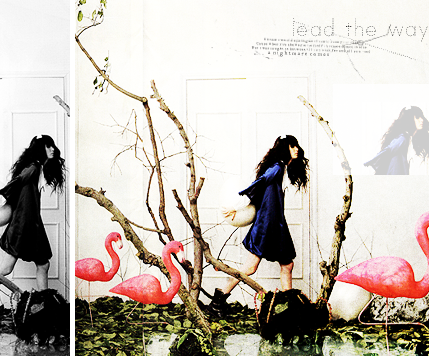Puebloan Peoples
[ 9:59 pm ]
The Pueblo People are a diverse group of Native American inhabitants of New Mexico, Texas and Arizona who traditionally subsisted on agriculture. When first encountered by the Spanish in the 1500s, they were living in villages that the Spanish called Pueblos, meaning "towns". Of the approximately 25 pueblos that exist today, Taos, Acoma, Zuñi, and Hopi are the best-known.
They are believed to be descended from the three major cultures that dominated the region before European contact:
1. Mogollon, an area near the Gila Wilderness
2. Hohokam, archaeological term for a settlement in the Southwest
3. Ancient Pueblo Peoples or the Anasazi, a term coined by the Navajos
Historically, they supported themselves mostly by maize agriculture, although they live in one of the more arid regions in North America. European settlement began in the late sixteenth century, but the desert surrounding the Rio Grande Valley precluded massive intrusions into Indian land until the mid-nineteenth century. As a result and despite forced conversions to Catholicism by the Spanish, the Pueblo tribes have been able to maintain much of their traditional lifestyle. There are now some 35,000 Pueblo Indians, living mostly in New Mexico and Arizona along the Rio Grande and Colorado River.
These peoples were the first to successfully revolt against the Spanish in the Pueblo Revolt of 1680, which expelled the Spanish for 12 years. The code for the action was a knotted rope sent by runner to each pueblo; the number of knots signified the number of days to wait before beginning the uprising. It began August 10, 1680; by August 21, Santa Fe fell to 2500 warriors.[2] On September 22, 2005, the statue of Po'pay, (Popé) the leader of the Pueblo Revolt, was unveiled in the Capitol Rotunda in Washington D.C. The statue was the second one from the state of New Mexico and the 100th and last to be added to the Statuary Hall collection. It is the only statue in the collection created by a Native American, in this case, Cliff Fragua, a Puebloan from Jemez Pueblo.
Most of the Pueblos have annual ceremonies that are open to the public. In many cases, one such ceremony is the Pueblo's feast day, held on the day sacred to its Roman Catholic patron saint. (These saints were assigned by the Spanish missionaries so that each Pueblo's feast day would coincide with a traditional ceremony.) Some Pueblos also have ceremonies around the Christmas holidays and at other times of the year. The ceremonies usually feature traditional dances outdoors accompanied by singing and drumming, interspersed with non-public ceremonies in the kivas. They may also include a Roman Catholic Mass and processions.
Formerly, all outside visitors to a public dance would be offered a meal in a Pueblo home, but because of the large number of visitors, such meals are now by personal invitation only.
For more info, click
here.
WIKIPEDIA ROCKS.
